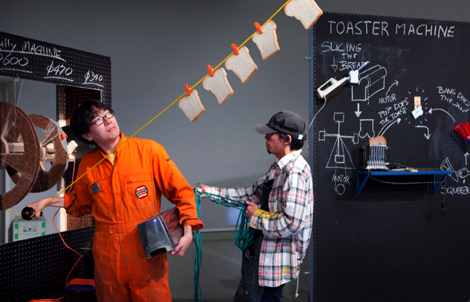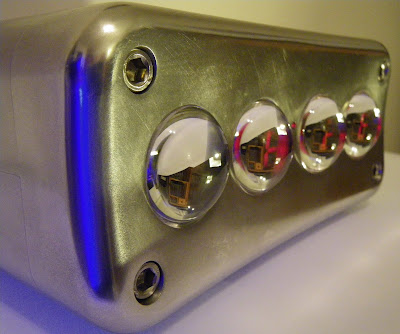[youtube=http://www.youtube.com/watch?v=2Wc_DXGe2fQ]
Sunday we saw robots playing pool and an augmented reality pool game. Today we’ll complete the pool trifecta: virtual pool using a real cue stick and ball in another vintage video from Hack a Day’s secret underground vault. The video is noteworthy for a couple of reasons:
First is the year it was made: 1990. There’s been much buzz lately over real-world gaming interfaces like the Nintendo Wii motion controller or Microsoft’s Project Natal. Here we’re seeing a much simpler but very effective physical interface nearly twenty years prior.
Second: the middle section of the video reveals the trick behind it all, and it turns out to be surprisingly simple. No complex sensors or computer vision algorithms; the ball’s speed and direction are calculated by an 8-bit processor and a clever arrangement of four infrared emitter/detector pairs.
The visuals may be dated, but the interface itself is ingenious and impressive even today, and the approach is easily within reach of the casual garage tinkerer. What could you make of this? Is it just a matter of time before we see a reader’s Mini-Golf Hero III game here?














